The Role of Physical Therapy in Heart Disease Recovery
As someone who has had the opportunity to witness firsthand the incredible benefits of physical therapy for heart disease recovery, I can confidently say that it’s one of the most important aspects of post-cardiac care. Recovering from heart disease—whether it’s after a heart attack, heart surgery, or chronic heart conditions—requires more than just medication. It involves a holistic approach, and physical therapy plays a vital role in that process. Let me take you through what I've learned and how physical therapy can truly make a difference in heart disease recovery.
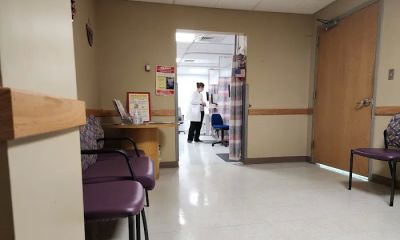
What is Physical Therapy for Heart Disease?
Physical therapy, particularly cardiac rehabilitation, is a specialized program designed to help individuals recovering from heart disease regain strength, improve cardiovascular function, and enhance their overall quality of life. If you’ve had a heart attack, undergone heart surgery, or been diagnosed with cardiovascular disease, physical therapy can be a key part of your recovery journey. The goal isn’t just to get back to your normal routine but to ensure that your heart is functioning optimally and that you're in the best possible shape to prevent future complications.
During physical therapy, you'll work with trained professionals—typically physical therapists and exercise physiologists—who design personalized exercise plans based on your current health status and recovery goals. These exercises focus on improving cardiovascular endurance, building muscle strength, and increasing flexibility—all of which are essential for a full recovery.
Atlanta Heart Specialists
atlanta heart specialists
4375 Johns Creek Pkwy #350, Suwanee, GA 30024, USA

Why Physical Therapy is Essential After a Heart Attack
After a heart attack, your body undergoes a period of healing, both physically and emotionally. While medication and lifestyle changes are crucial, physical therapy can significantly speed up the recovery process. In fact, research has shown that people who participate in cardiac rehabilitation programs have a much lower risk of another heart attack, improved quality of life, and better overall health outcomes. For me, watching people who initially struggled to walk or move freely regain their mobility through physical therapy is truly inspiring.
One of the first things physical therapy helps with after a heart attack is gradually increasing physical activity. When I was recovering from a medical procedure related to heart disease, I was instructed to start slowly with walking and light exercises. Over time, I was able to increase the intensity and duration of my physical activity, which not only helped my heart heal but also reduced stress and anxiety, common companions to heart disease. Physical therapists can guide you through this process, ensuring that each step you take is safe, effective, and tailored to your abilities.
The Benefits of Cardiac Rehabilitation and Exercise Therapy
Incorporating physical therapy into the recovery process after heart disease provides a wide range of benefits. While everyone’s experience is unique, I can speak from personal and professional observations that those who stick with their therapy plans tend to experience positive, lasting changes in their health. Here are some of the key benefits of physical therapy in heart disease recovery:
Improved Cardiovascular Health
One of the most significant benefits of physical therapy is the improvement in cardiovascular health. By participating in consistent, controlled exercise, individuals can increase their heart rate, improve blood circulation, and strengthen the heart muscle. Regular physical activity helps reduce the workload on the heart, and it helps the body become more efficient at pumping blood. Whether it’s after a heart attack, surgery, or chronic heart disease, these improvements are vital for long-term health.
Enhanced Strength and Endurance
Physical therapy focuses not just on cardiovascular exercise but also on strength and endurance. For many people recovering from heart disease, muscle weakness and fatigue can be significant issues. Through exercises that target different muscle groups, physical therapy helps rebuild strength, so patients can carry out daily activities with greater ease. I personally noticed that after months of physical therapy, tasks that once felt exhausting became much more manageable.
Better Mental and Emotional Health
Heart disease doesn’t just affect the body; it also takes a toll on mental and emotional well-being. The fear of having another heart attack or dealing with the stress of recovery can be overwhelming. Physical therapy, especially when combined with mental health support, can alleviate some of these fears. Physical activity boosts mood, reduces anxiety, and improves overall mental health. For me, the gradual improvement in my physical condition also led to a boost in confidence and a better outlook on life.
Prevention of Future Heart Issues
Another important benefit of physical therapy is its ability to prevent further heart problems. By addressing risk factors such as high blood pressure, cholesterol, and weight, physical therapy can help you reduce the likelihood of future cardiac events. Regular exercise can lower blood pressure and cholesterol, improve insulin sensitivity, and aid in weight management—all of which are critical factors in maintaining heart health. I’ve seen many individuals who, with the guidance of their physical therapists, successfully reduced their cardiovascular risk through consistent exercise and lifestyle changes.
How Physical Therapy Helps After Heart Surgery
Heart surgery, whether it’s for a bypass, valve replacement, or another procedure, requires a period of rehabilitation. While it’s important to follow the doctor’s orders and allow your body time to heal, physical therapy is essential to ensure a successful recovery. I remember being amazed at how much my mobility improved after a few weeks of physical therapy following heart surgery. What stood out most was the gradual reintroduction of movement that was carefully monitored and adjusted to match my recovery progress.
Physical therapy helps reduce the risks associated with post-surgery recovery, such as blood clots, muscle atrophy, and weakness. Therapists work with patients to design a recovery plan that strengthens the muscles around the heart and enhances overall endurance. Over time, patients can return to more complex activities, and many find that they recover faster than they initially expected. It’s amazing how, through physical therapy, the body can regain so much of what was lost during surgery.
A Personal Journey of Recovery
One of the most powerful stories I’ve encountered in my time with heart disease recovery involves a friend who underwent bypass surgery. When he first started his rehabilitation, he could hardly walk around the block. It was disheartening at first, but as he continued with physical therapy, he began to see progress. Within months, he was back to doing activities he loved, such as hiking and biking. His success wasn’t just about physical therapy, but about how physical therapy empowered him to take control of his recovery.
For me, seeing my friend’s transformation reminded me that physical therapy is not just about regaining strength—it’s about reclaiming a life you thought was lost. No matter where you are in your journey with heart disease, I can tell you that physical therapy can make a profound difference. It helps you build the physical and mental resilience needed to thrive after a heart event.
Conclusion: Embrace the Power of Physical Therapy
If you're recovering from heart disease, I strongly encourage you to consider the role of physical therapy in your recovery plan. It’s a powerful tool that can help you regain strength, improve your cardiovascular health, and prevent future issues. Whether you’re recovering from a heart attack, surgery, or dealing with chronic heart disease, physical therapy is a proven method to help you feel better and live a healthier life. Working with a skilled therapist can guide you through the process, ensuring that you’re doing the right exercises at the right intensity to achieve the best results. You don’t have to face your recovery alone—physical therapy is here to support you every step of the way.

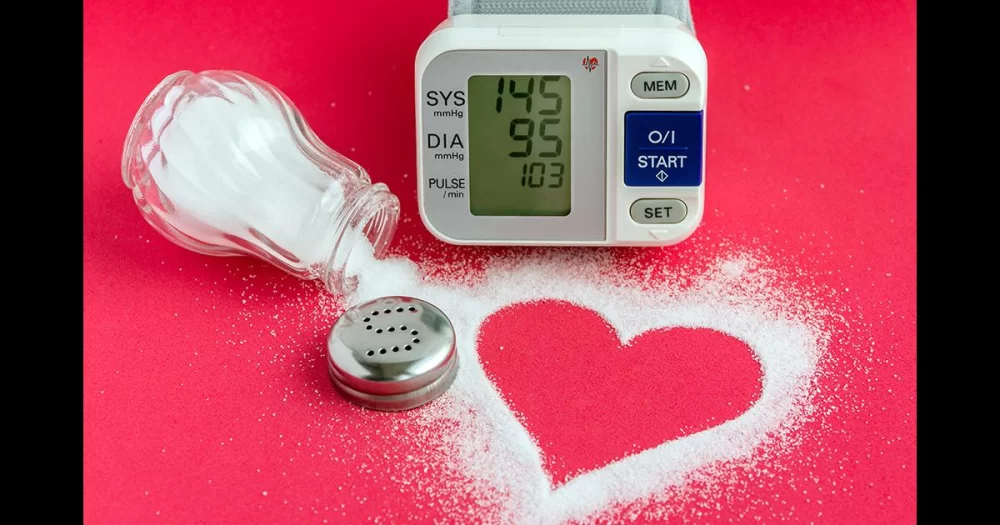
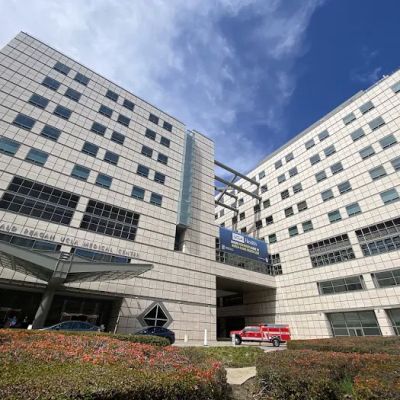

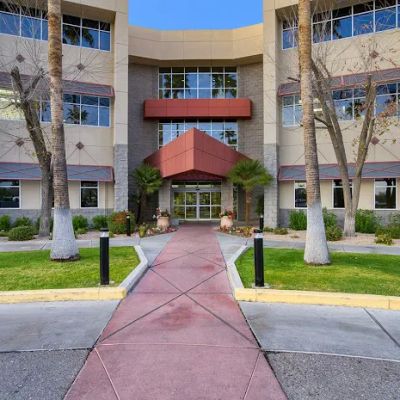

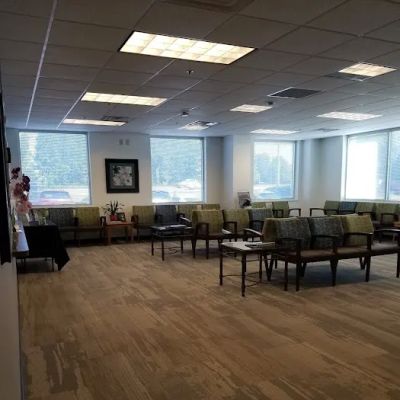








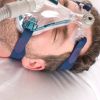






Deborah Heart and Lung Center
deborah heart and lung center
200 Trenton Rd, Browns Mills, NJ 08015, USA